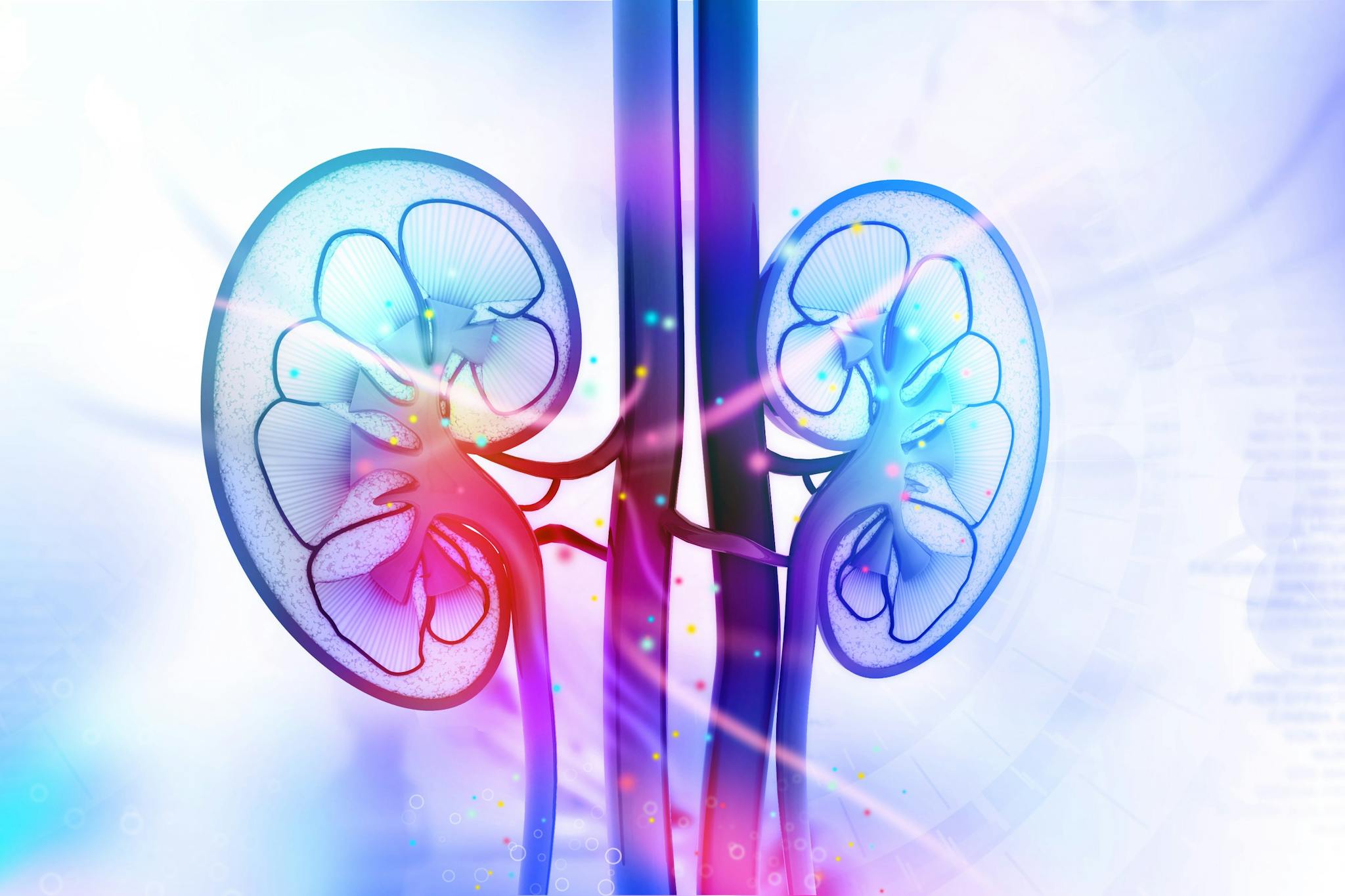
April 22, 2024
What Deficiency Causes Cold Hands and Feet?
- Family Medicine
- Internal Medicine
March 22, 2017 | Nephrology

Your kidneys have the vital job of filtering and eliminating waste from your body, and if the kidneys are damaged in any way, they lose some of the ability to function properly.
Dialysis is a treatment that helps replace some of these lost functions of the kidneys, and is usually needed for patients in the later stages of chronic kidney disease. Here are some of the basics of dialysis—its types, when it’s needed, and what you can expect from treatment if you receive it.
Simply put, dialysis is a process that helps take over many of the kidney’s normal functions when they can’t perform them correctly on their own. There are two main types of dialysis: hemodialysis and peritoneal dialysis.
Hemodialysis is a process in which the blood inside your veins is streamed through a filter that’s connected to your body. The filter cleans your blood, and then returns it to your veins. There’s a step-by-step process to successful hemodialysis:
Hemodialysis can be done both at a hospital or treatment facility, or at home. Sessions last from three to five hours in a center three times a week, or two to three hours on six or seven days a week for home treatment.
Peritoneal dialysis uses the lining of your stomach to help filter blood. To do this, a catheter with a bag—containing a solution of water, salt and other nutrients—feeds fluid into the body and helps soak up waste and other fluids. After a few hours, this is drained into a separate bag to complete a process called an “exchange.” People on peritoneal dialysis will go through about four to six exchanges per day.
Dialysis is needed when the body has lost between 85 and 90 percent of its natural kidney function. You can also use a rating called GFR, or Glomerular Filtration Rate, to help figure out when you might need dialysis. Many people choose to start dialysis before kidneys lose that much function, or if lab tests show levels of waste that are too high in the blood. Dialysis and kidney transplants are often the only treatment options for certain levels of kidney failure.
Dialysis is a time-consuming process, but it shouldn’t be a painful one—if you do feel pain during or after the treatment, you need to tell your doctor. There are a few potential side effects to be aware of with dialysis:
Some of these side effects can be reduced through proper diet and health habits like hand washing, and avoiding alcohol, smoking and drugs.
If there aren’t any complications, dialysis can help people feel more normal while experiencing kidney disease, though it isn’t meant to cure kidney disease. You should be able to continue to work, or travel if necessary, during dialysis treatments.
“Dialysis.” National Kidney Foundation. https://www.kidney.org/atoz/content/dialysisinfo
“When Do I Need Dialysis?” WebMD. http://www.webmd.com/a-to-z-guides/kidney-dialysis#1
WRITTEN BY:
The Live Better Team


April 22, 2024

April 9, 2024

March 22, 2024

February 12, 2024
This information is not intended to replace the advice of a medical professional. You should always consult your doctor before making decisions about your health.